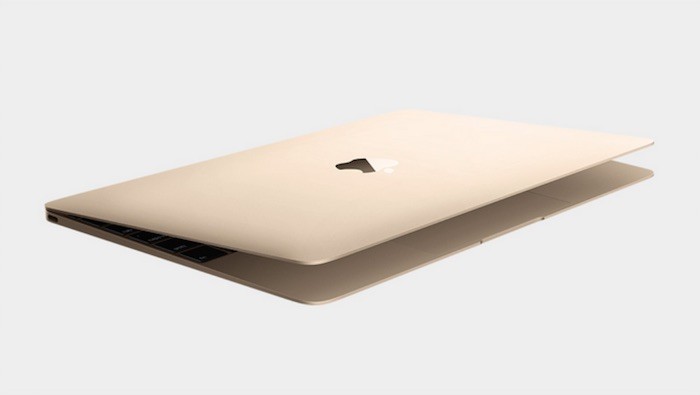
Apple has always been one to push its latest generation of hardware into the next generation by excluding features rather than including them. The current generation of Mac models dumped optical drives a couple years ago, much to the disappointment of many users.
As it turned out though, Apple was right. Most of us don’t need an optical drive in our daily computing needs. We have iPhone and iPads for music and movies, and data is more efficiently transmitted over a network as opposed to burning a CD or DVD.
With the latest MacBook, however, Apple is taking its mantra one step further by removing most of the ports and leaving only a single USB-C port.
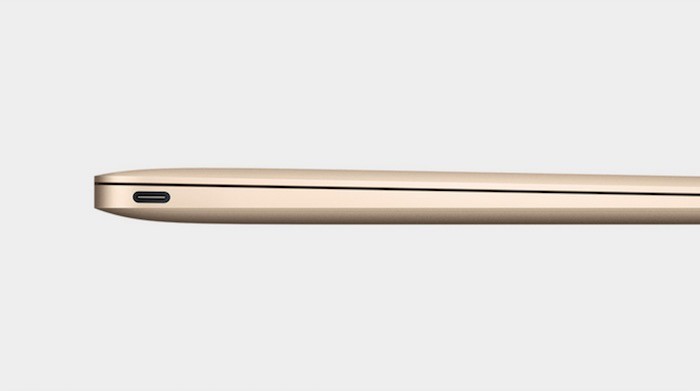
The new USB-C port serves as both a data and power connection. At first, expect adapters for DisplayPort, USB 3.1, VGA, HDMI and other connections. I suspect we will see a shift in accessories available with USB-C connectors very soon though.
On the plus side, the new USB-C port can accept its cables no matter which side you consider as up. I’m sure everyone can appreciate the value in that . . . given that the top and bottom sides of USB ports have driven us mad for nearly two decades.
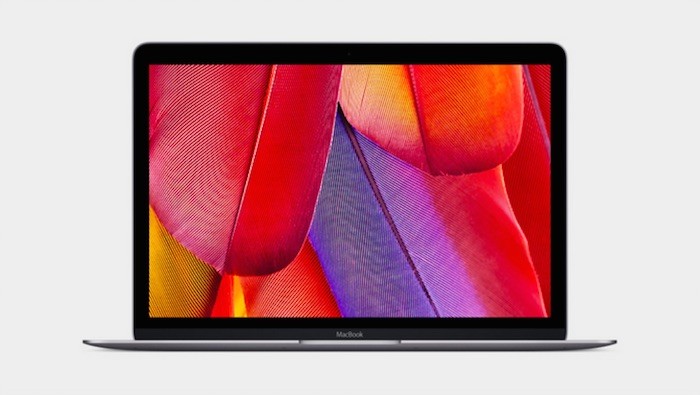
The new Apple MacBook (no “Pro” or “Air” in the model name) features a 12″ Retina display with 2304 x 1440 resolution at 226 pixels per inch. It is a 16:10 aspect ratio.
It weighs only two pounds and is thinner than the 11-inch MacBook Air at only 13.1mm at its beefiest point.
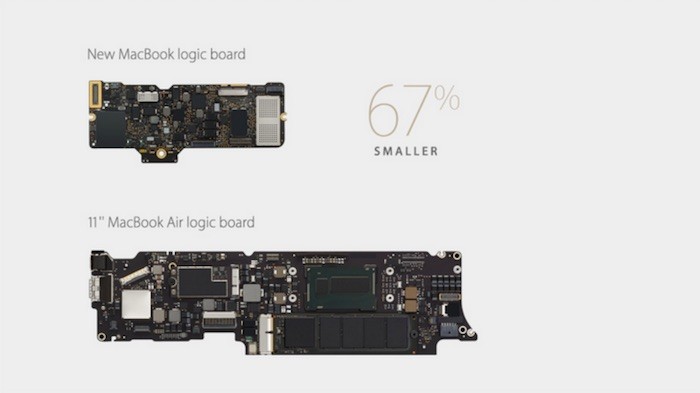
It is pushed by either a 1.1GHz or 1.2GHz dual-core Intel Core M processor that is easy on power consumption. A 1.3GHz processor is the maximum configurable processor.
8GB of RAM is the only option for memory and storage is handled by either a 256GB or 512GB flash drive inside. Surprisingly, with its integrated Intel HD Graphics 5300, it can deliver UHD 3840 x 2160 resolution video to an external display.
The single USB-C port on the left side of the MacBook is complemented by a headphone minijack on the right, which doubles as an optical digital audio output.
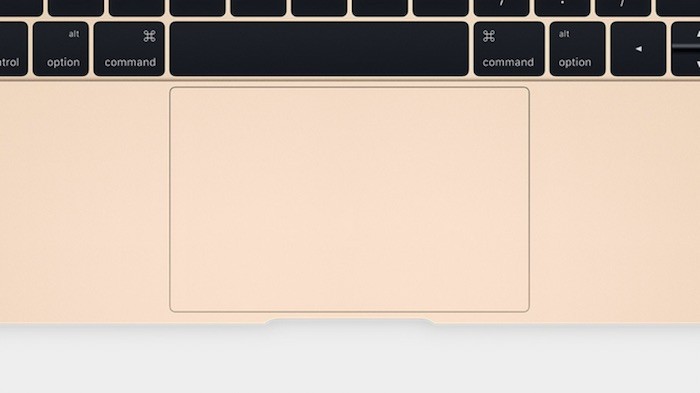
A full size keyboard covers the full width of the MacBook and a new Force Touch trackpad offers some innovative control with pressure sensitivity for exercising control over certain elements using a z-space reference in addition to the typical x and y axes.
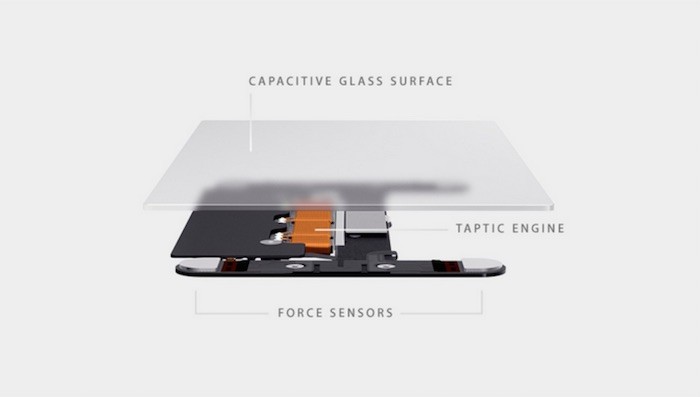
Apple claims the battery life in the new MacBook delivers all day use with 9 hours of wireless web usage and 10 hours of iTunes movie playback.
As you have probably guessed by now, this is not a workhorse notebook for photographers and video editors. While it will most likely run many of the applications we all use, the lightweight processor, lack of discreet GPU and absence of connectivity options will make tough to fit into most workflows. However, as a business, portfolio and web use accessory, it will fit into most users needs.
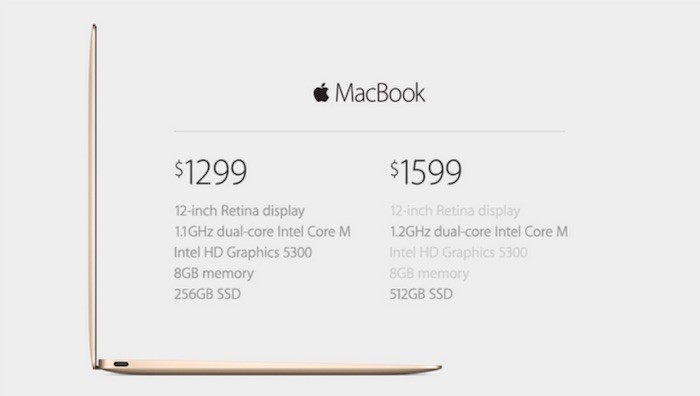
Building off the success of the iPhone and iPad color options, the MacBook is available in silver, space gray and gold. It is available in two base configurations of $1299 and $1599 and ships April 10, 2015. Check it out up close here on Apple’s website.


It really should have had 2 USB-C ports minimum but I would have liked 1 regular USB. Even when devices start supporting USB-C, most of us use 2 ports…especially when you consider that you need that USB-C for power. I guess they figure if you are plugged in, who cares about an extra adapter cable. Unfortunately, the adapter will be a mandatory purchase and mandatory travel companion for probably everyone…even when USB-C is more widely supported.
This is even a little much for apple because at least they waiting for CD’s to be a minority of use cases before getting rid of the drive. I personally still burn disks for clients but even I only use a CD a couple times a year so going external isn’t the end of the world. There isn’t a single person out there with a usb-c thumb drive or hard drive. You will be relying on the adapter for quite some time no matter what as I see it. No SD card slot either that I can see so anyone with an actual camera is screwed as well.